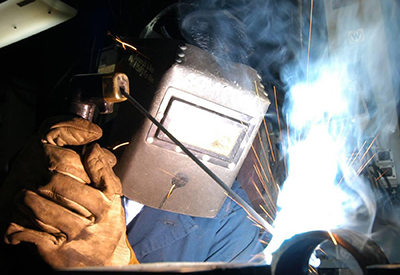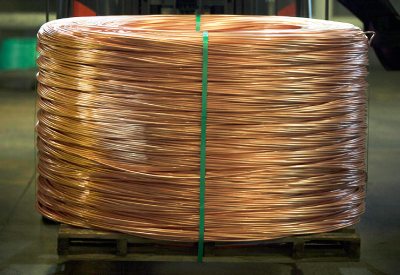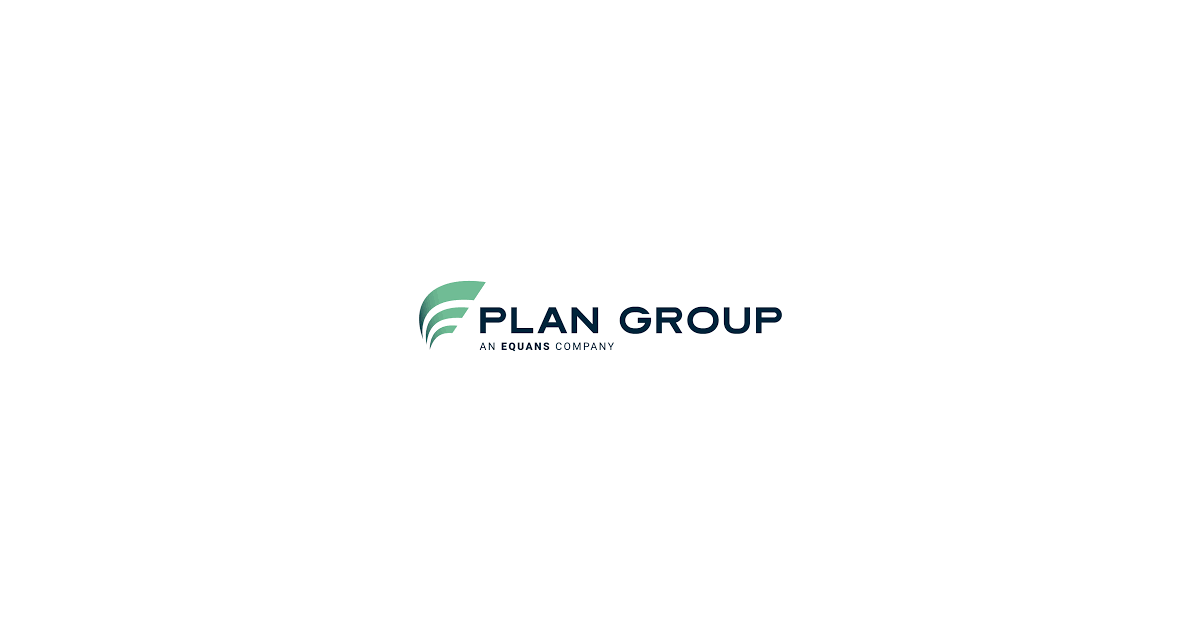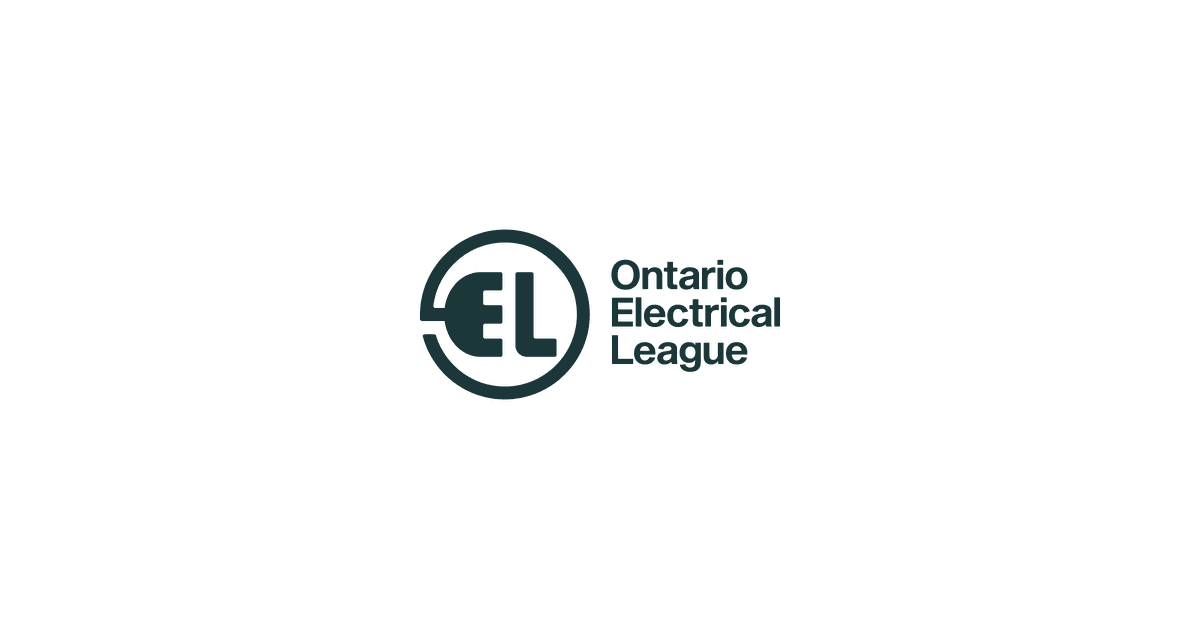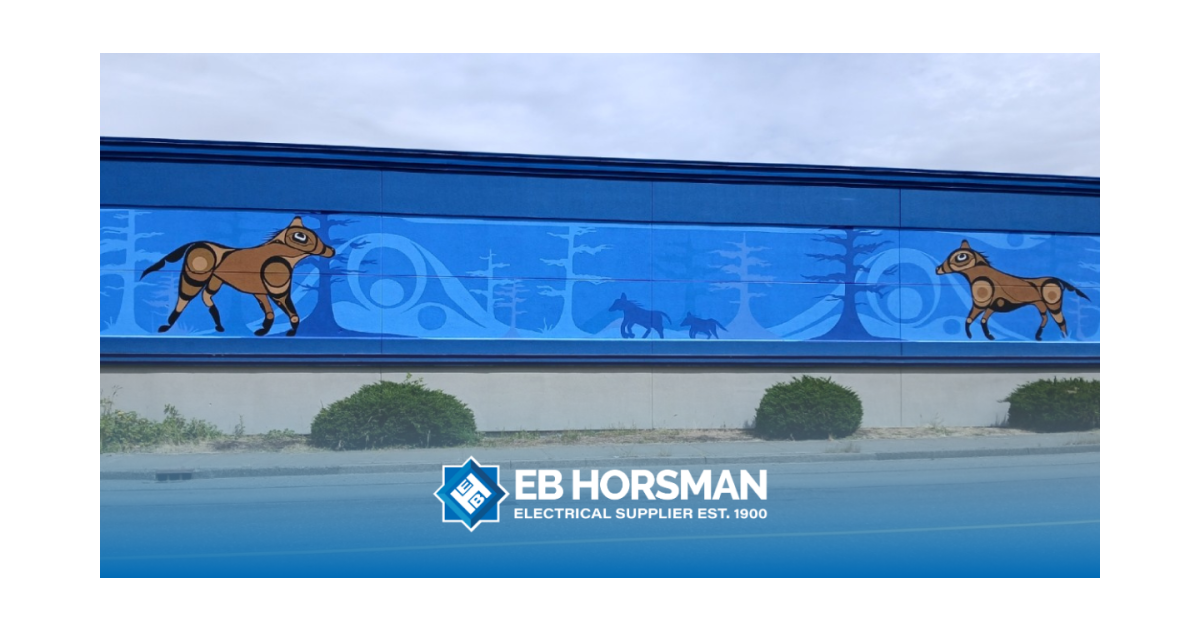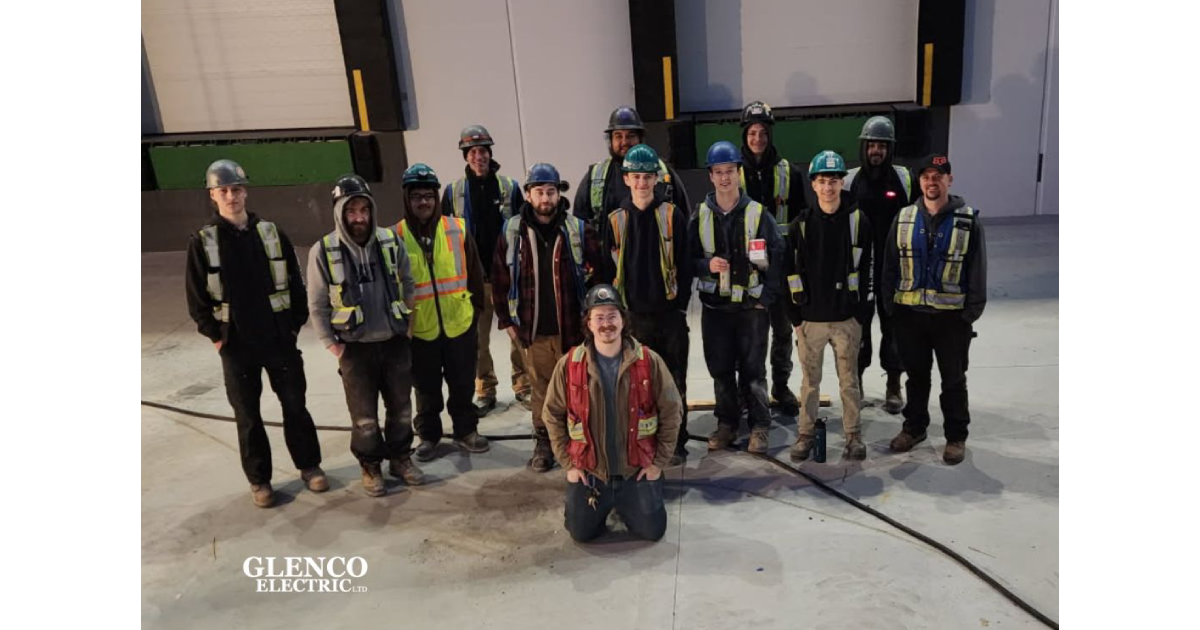Canada Green Building Council Updates Zero Carbon Building Standard to Fast-Track Carbon Reductions

March 10, 2020
The Canada Green Building Council (CaGBC) is zeroing in on carbon reduction with updates to its Zero Carbon Building (ZCB) Standard. Launched March 10th, Version 2 is designed to accelerate adoption of zero carbon building practices – and help Canada meet its climate targets while spurring innovation and job growth.
Canada’s buildings are a top contributor to carbon emissions, and updates to the ZCB Standard reflect the urgent need for change. Today, building operations represent 17 per cent of Canada’s greenhouse gas (GHG) emissions, or closer to 30 per cent when embodied carbon from construction and materials are factored in.
CaGBC’s made-in-Canada ZCB Standard provides the industry with a zero-carbon approach that works for any type of new or existing building. Version 2 draws on learnings from over 20 real-world ZCB-projects. These projects demonstrate that the industry is ready to raise the bar on expanded requirements for embodied carbon and energy efficiency. At the same time, Version 2 aims to get more buildings to zero, faster, by providing more options for different design strategies and by recognizing high-quality carbon offsets when necessary.
These updates balance the rigour needed to meaningfully eliminate carbon, while also being flexible enough for zero carbon buildings to reach the mainstream. Since the ZCB Standard launched in 2017, CaGBC has proven through real-world projects and research, that zero carbon buildings are technically and financially viable today – across a wide spectrum of building types including schools, offices, multi-residential, commercial, and even industrial buildings. The updates provide the guidance for more owners and developers to build to zero now and as part of their plans for the future.
“There is no time to waste or reason to wait. Zero carbon buildings represent the best opportunity for cost-effective emissions reductions today,” said Thomas Mueller, CEO and President, CaGBC “The changes we’ve made give the industry and government a clear path to show carbon leadership with positive climate action that future-proofs buildings, encourages innovation, and drives job growth.”
What’s new in ZCB Standard v2
ZCB Standard v2 provides two pathways for any type of building to get to zero carbon. ZCB-Design guides the design of new buildings, as well as the retrofit of existing structures. ZCB-Performance provides a framework for verifying buildings have achieved zero carbon and must be revisited annually.
ZCB Standard v2 updates focus on these key components:
- Embodied Carbon: Projects must now reduce and offset carbon emissions for the building’s life-cycle including those associated with the manufacture and use of construction materials.
- Refrigerants: ZCB Standard v2 encourages best practices to minimize potential leaks of refrigerants that, when released, can have significant short-term impacts on climate.
- Energy Efficiency: ZCB Standard v2 promotes the efficient use of clean energy with more stringent energy efficiency and airtightness requirements.
- Innovation: ZCB-Design encourages innovation by requiring projects demonstrate two innovative strategies to reduce carbon emissions.
Go HERE for the full standard
Go HERE for a full list of pilot and certified projects



